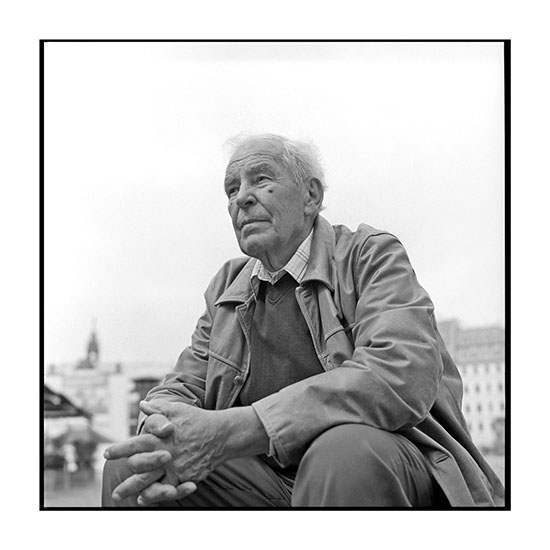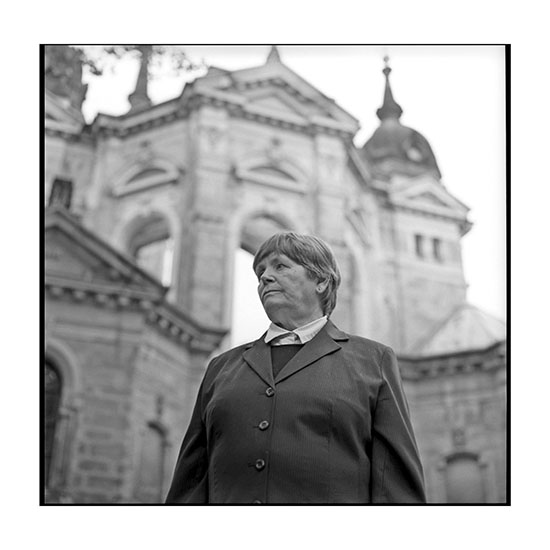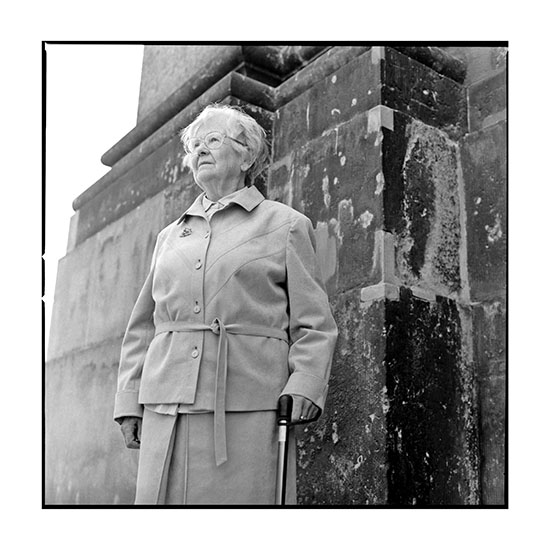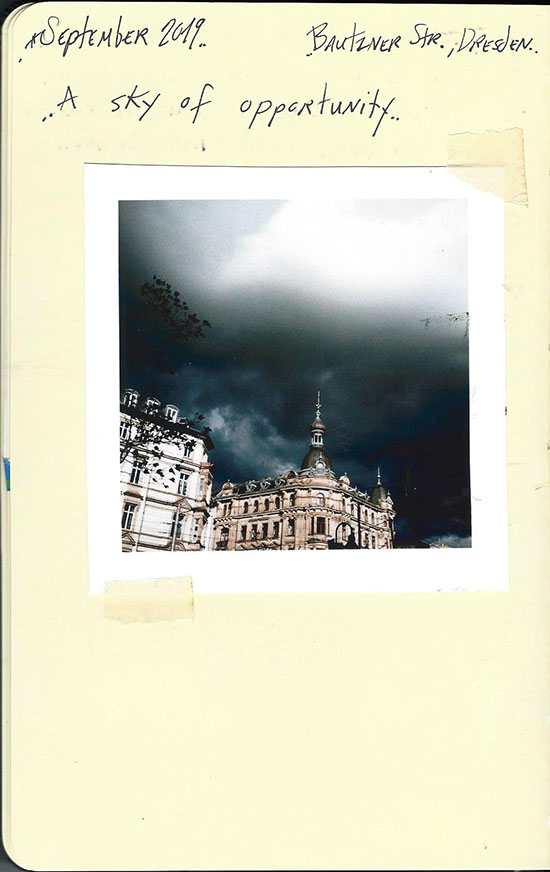
On February 13th, 1945 the baroque city of Dresden, Germany was firebombed into cinder by the British Royal Air Force and the United States Army Air Force. The attack was divided into three bombing raids dropping over 4,500 tons of high explosives, including incendiary bombs, onto the city known as “Florence on the Elbe.”
Gunther Kannegießer was never able to recover the bodies of his mother, brother and sister after the bombing of Dresden. For many years he searched lists of mass burial sites for their bodies.
After the fall of the Berlin Wall and Reunification more information became available about the location of mass graves and who was in them. Spending the majority of his life looking for the location of the bodies, he found their names on a document for a mass grave at the Johannisfriedhof Cemetery.
In the back of the cemetery, three stones waist high are erected at the mass grave without any markings or a list of names. After Reunification a small monument was sculpted stating, “Here lays 3,660 civilians who died on February 13th, 1945.” The majority of the bodies in this mass grave were from Dresden Johannstadt, where Mr Kannegießer’s family lived.
This portrait is a part of my From Above project which featured portraits of atomic bomb and firebombing survivors from WWII. My limited edition book is available at https://www.photoeye.com/bookstore/citation.cfm?catalog=I1040&i=&i2=
A selection of From Above portraits taken in Dresden and also including portraits of firebombing survivors from Coventry and Rotterdam, will be exhibited in the Dresden Neustadt during May. More information will be released closer to the opening.


